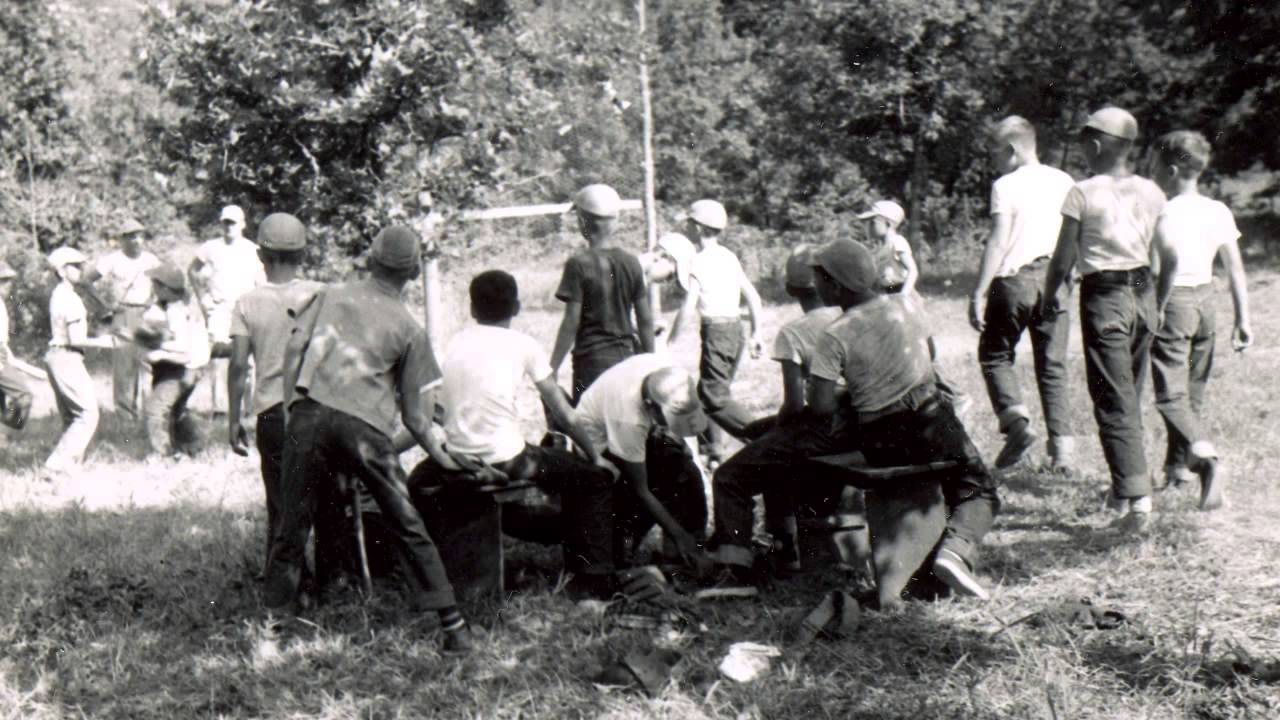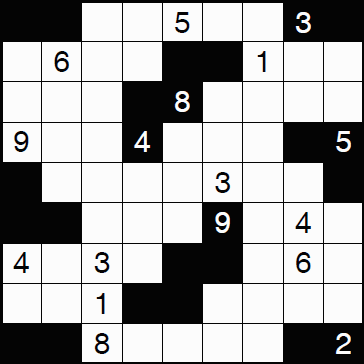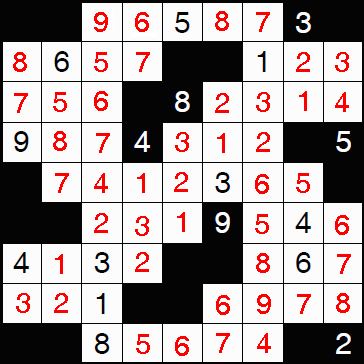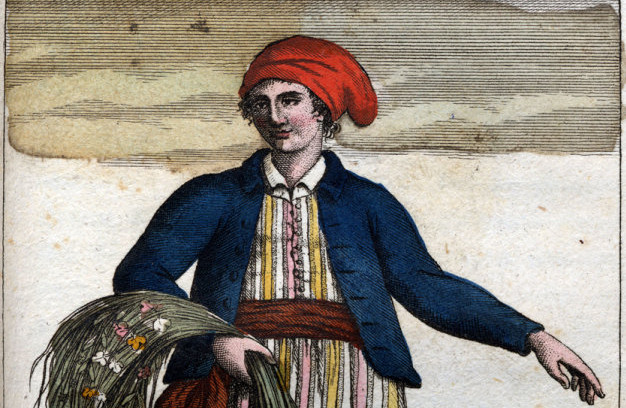Students are sometimes taught never to use the same word twice in a sentence. This can lead to trouble: If a writer uses a synonym merely to avoid repeating a word, the reader can be left wondering whether there’s some significance in the change. H.W. Fowler called this affliction elegant variation and added, “There are few literary faults so widely prevalent.” He gives some examples:
The Bohemian Diet will be the second Parliament to elect women deputies, for Sweden already has several lady deputies.
Mr. John Redmond has just now a path to tread even more thorny than that which Mr. Asquith has to walk.
“What has Bohemia done that its females should be mere women?” Fowler asks. “And can Mr. Asquith really have taught himself to walk without treading?”
Charles W. Morton called this the “elongated yellow fruit” school of writing, after a famous second reference to a banana in the Boston Evening Transcript. (Sub-editors at the Guardian began using the term “povs” after one writer referred to carrots as “popular orange vegetables.”) Morton cited some further examples:
billiard balls = “the numbered spheroids”
Bluebeard = “the azure-whiskered wifeslayer”
Easter egg hunt = “hen-fruit safari”
milk = “lacteal fluid”
oysters = “succulent bivalves”
peanut = “the succulent goober”
songbird = “avian songster”
truck = “rubber-tired mastodon of the highway”
In A Slight Sense of Outrage, Morton wrote that the sin “lies somewhere between the cliché and the ‘fine writing’ so dreaded by teachers of English Composition. … It does bespeak an author who wishes to seem knowledgeable, and versatile. … It can also bespeak an author who is merely pompous.”







